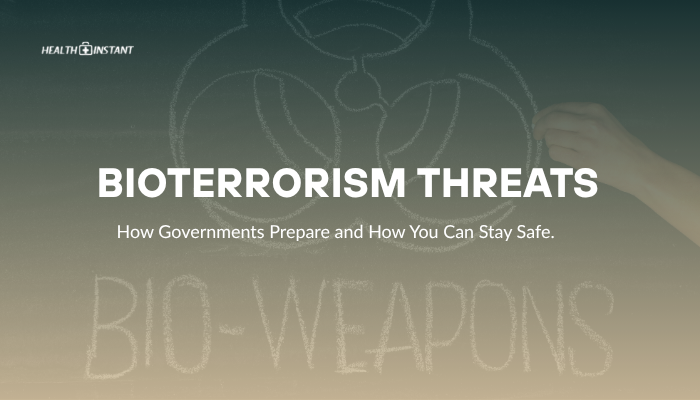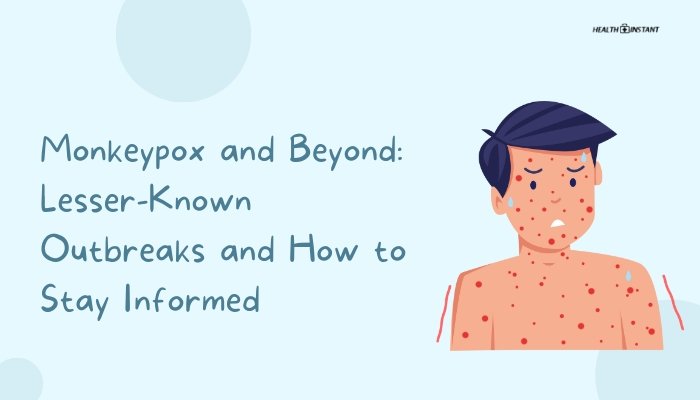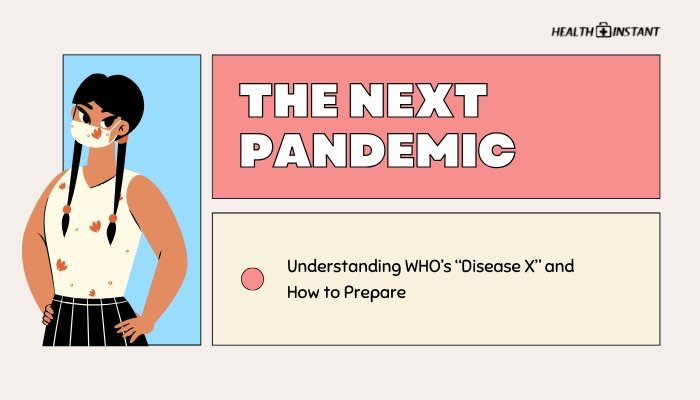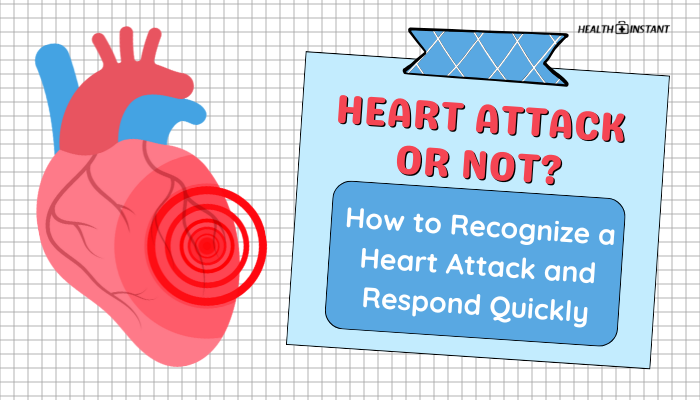Introduction
Bioterrorism involves the deliberate release of viruses, bacteria, or other germs to cause illness or death in humans, animals, or crops. Though rare, the potential impact of such an event can be significant—disrupting healthcare systems, causing panic, and threatening lives.
Governments worldwide develop strategies to anticipate and respond to these threats. This article explains how authorities prepare for potential attacks, highlights common biological agents, and offers practical ways to protect yourself and your family.
What Is Bioterrorism?
Bioterrorism is the use of biological agents—pathogens or toxins—as weapons. Different from conventional terrorism methods (like explosives or cyberattacks), a bioterror assault can remain hidden until symptoms emerge. Potential agents may include:
- Bacteria (e.g., anthrax, plague)
- Viruses (e.g., smallpox, hemorrhagic fever viruses)
- Toxins (e.g., ricin, botulinum toxin)
Outbreaks might look like natural disease spreads, complicating detection and diagnosis.
Common Biological Agents and Their Impact
- Anthrax (Bacillus anthracis)
- Forms spores; can infect through inhalation, ingestion, or skin contact.
- Inhalational anthrax is lethal without prompt antibiotic treatment.
- Forms spores; can infect through inhalation, ingestion, or skin contact.
- Smallpox (Variola virus)
- Eradicated globally, but a hypothetical reintroduction could be catastrophic; causes rash and high mortality if untreated.
- Eradicated globally, but a hypothetical reintroduction could be catastrophic; causes rash and high mortality if untreated.
- Botulinum Toxin
- One of the most potent toxins. Paralyzes muscles, leading to respiratory failure.
- One of the most potent toxins. Paralyzes muscles, leading to respiratory failure.
- Ebola or Marburg Viruses
- Cause severe hemorrhagic fevers, with high mortality and potential rapid spread.
- Cause severe hemorrhagic fevers, with high mortality and potential rapid spread.
Such agents demand specialized detection, containment, and treatment efforts.
How Governments Prepare for Bioterrorism
Surveillance and Detection
- Monitoring Healthcare Data
- Hospitals and clinics track unusual spikes in disease patterns (syndromic surveillance).
- Hospitals and clinics track unusual spikes in disease patterns (syndromic surveillance).
- Laboratory Networks
- Specialized labs (e.g., public health labs) can quickly identify and confirm suspected pathogens.
- Specialized labs (e.g., public health labs) can quickly identify and confirm suspected pathogens.
Emergency Response Plans
- Incident Command Structure
- Clearly defined roles and chains of communication.
- Clearly defined roles and chains of communication.
- Rapid Deployment
- Local, state, or national response teams can investigate, isolate outbreaks, or run mass vaccination campaigns.
- Local, state, or national response teams can investigate, isolate outbreaks, or run mass vaccination campaigns.
Stockpiling Medical Countermeasures
- Strategic National Stockpile (SNS) (in the U.S.)
- Large caches of antibiotics, vaccines, protective gear.
- Large caches of antibiotics, vaccines, protective gear.
- International Partnerships
- Countries collaborate through WHO or other agencies to share resources if crises cross borders.
- Countries collaborate through WHO or other agencies to share resources if crises cross borders.
Interagency Cooperation
- Public Health + Security
- Police, military, and public health departments share intelligence.
- Police, military, and public health departments share intelligence.
- Intelligence Gathering
- Ongoing efforts to detect suspicious activities or labs that could produce biological weapons.
What You Can Do to Stay Safe
Stay Informed
- Trusted Sources
- Follow updates from CDC, WHO, or local health departments.
- Follow updates from CDC, WHO, or local health departments.
- Emergency Alerts
- Sign up for text or email notifications from government agencies.
- Sign up for text or email notifications from government agencies.
Practice Good Hygiene and Health Habits
- Handwashing
- One of the simplest ways to prevent many infections.
- One of the simplest ways to prevent many infections.
- Vaccinations
- Stay updated on recommended immunizations, especially if new vaccines are deployed for emergent threats.
- Stay updated on recommended immunizations, especially if new vaccines are deployed for emergent threats.
Have a Basic Emergency Kit
- Preparedness Items
- Non-perishable food, water, first aid, flashlights, and medication supply.
- Non-perishable food, water, first aid, flashlights, and medication supply.
- Mask and Gloves
- Particularly helpful if officials warn of airborne or droplet-spread pathogens.
- Particularly helpful if officials warn of airborne or droplet-spread pathogens.
Follow Official Instructions
- Evacuation or Shelter-in-Place
- Abide by local guidelines for quarantines or medical check-ups.
- Abide by local guidelines for quarantines or medical check-ups.
- Report Suspicious Illness
- If you or someone near you shows unusual symptoms, seek medical advice promptly.
Recognizing Suspicious Substances or Incidents
- Unusual Powder or Liquid
- Unlabeled or suspicious substances near public spaces.
- Unlabeled or suspicious substances near public spaces.
- Strange Odors
- Some chemicals or toxins may have distinct smells.
- Some chemicals or toxins may have distinct smells.
- Clustered Illness
- Rapid onset of similar symptoms in multiple people could signal deliberate release.
- Rapid onset of similar symptoms in multiple people could signal deliberate release.
If something seems odd or potentially harmful, notify authorities—do not handle the material yourself.
Handling Possible Exposure or Infection
- Seek Medical Care
- Immediate evaluation can lead to early treatment (e.g., prophylactic antibiotics for anthrax).
- Immediate evaluation can lead to early treatment (e.g., prophylactic antibiotics for anthrax).
- Isolate Yourself If Advised
- Some agents spread person-to-person. Minimizing contact helps contain outbreaks.
- Some agents spread person-to-person. Minimizing contact helps contain outbreaks.
- Follow Medical Instructions
- If you receive prophylaxis (medication), complete the full course even if you feel better.
Long-Term Preparedness and Community Involvement
- Educate Neighbors
- Share resources, encourage readiness.
- Share resources, encourage readiness.
- Volunteer
- Join local Community Emergency Response Teams (CERTs) or public health volunteer programs.
- Join local Community Emergency Response Teams (CERTs) or public health volunteer programs.
- Advocate for Policy
- Support legislation for robust disease surveillance and crisis readiness.
Conclusion
Bioterrorism, while less common than other emergencies, poses a unique threat that demands vigilance at both government and individual levels. By understanding typical biological agents, staying informed via credible sources, and adhering to recommended preventive measures, you bolster your personal and community’s resilience.
Meanwhile, governments refine detection, containment, and treatment strategies, but your role remains crucial—reporting suspicious items, practicing good hygiene, following official alerts, and ensuring timely medical care if needed. Collaboration across agencies, communities, and individuals forms the backbone of an effective defense against potential bioterror events.
References
- Centers for Disease Control and Prevention (CDC). (2021). Bioterrorism agents and diseases.
- World Health Organization (WHO). (2019). Managing biological threats in public health.
- Federal Emergency Management Agency (FEMA). (2020). Preparedness for chemical and biological incidents.
- U.S. Department of Homeland Security. (2022). Bioterrorism response guidelines and national strategy.
Disclaimer: This guide is informational only and does not replace professional medical or legal advice. Always follow local laws, healthcare guidelines, and official instructions in any suspected bioterror threat.




